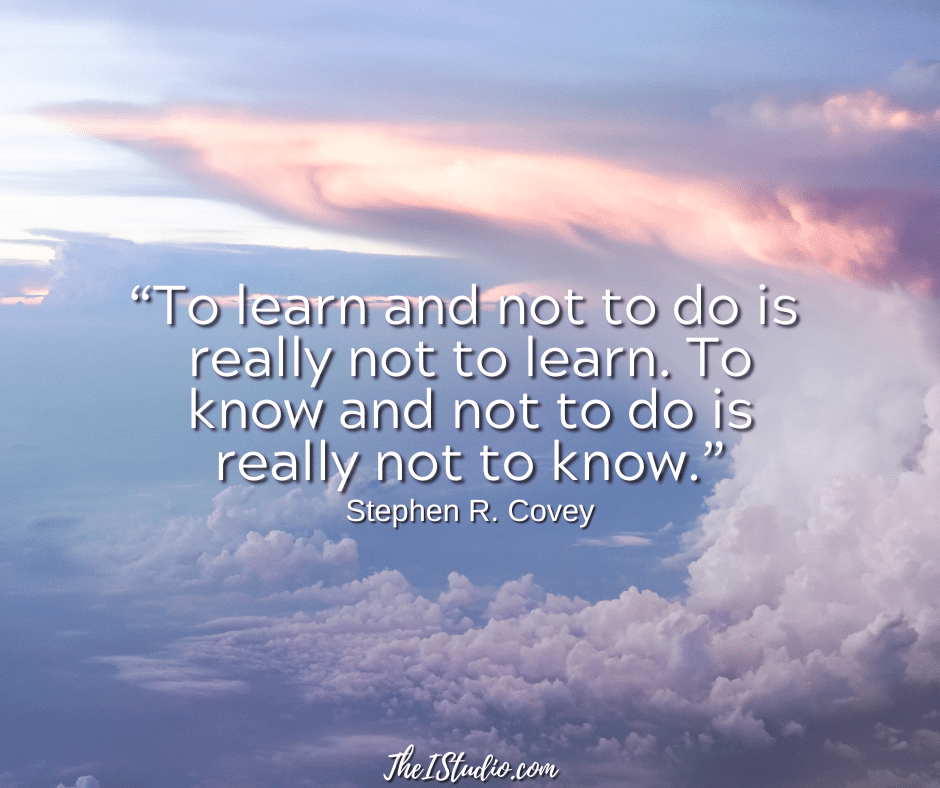WordPress SEO Tips to Put to Work Right Now

Recently, I noticed a spike in traffic to my SEO articles. Consequently, I wanted to provide a quick run-through of the essential WordPress SEO tips you need to put to work in every bit of content you create on your website.
Search Engine Optimization is an ongoing, never-ending process, not something put in place and expected to work. Nor is it a “service” that you can pay a one-time fee for instant rankings. You must continually work on SEO with every page and post you publish.
SEO Plugins Role
There are several available for you to choose from. I have used the Yoast SEO Plugin on sites forever, including mine. But many incorrectly assume that once an SEO plugin is installed, that’s it – let the rankings commence!
Nope. That is just the beginning.
With any SEO plugin you may use, you want to become an expert at using it to take advantage of what the plugin does. This provides the opportunity to get the best results.
For example, you want to be familiar with and pay attention to the provided Yoast panels. Take the time to complete them and use each to guide you on “SEO’ing” your content. This is why you want to become intimately familiar with how Yoast works and what the plugin offers. (If you choose another plugin, use the same approach.)
Once Yoast is installed on your WordPress website, Yoast includes an onboarding process that walks you through setting up the plugin. You’ll find the plugin’s SEO panels in two locations on each page, depending on your settings—the right sidebar and after content near the bottom.
At the bottom of every page and post, you’ll see the three tabs below:


There are additional tabs if you upgrade to premium, which I recommend. You can also find them in the right sidebar of every page and post. Just click on the Yoast “Y.”




In the case of the right sidebar, the most common go-to location, you’ll want to input the focus keyphrase that your post is mostly about.
Yoast SEO Starter Guide
Below are the tabs available in this plugin’s free version.
Go through each tab and complete them. Then, moving forward, if you update your article, do the same in these tabs to ensure you are targeting the correct data for that particular page.
Content First
Yoast or any other SEO plugin or tool cannot do its job without content. The better the content, the easier to read — the best results.
The primary goal is to satisfy the searcher’s intent. What are site visitors searching for, and what do they want to know? Provide that.
What I usually hear next is, “What should I write about?”
You’ve done your keyword research on the topics you know your potential customers want to know about. You’ve prioritized your keyword phrases and variations and are ready to start writing. Now what?
You write. You set a schedule and stick to it. Be consistent and offer the information you know your target market is looking for. You know what they are looking for because they’ve asked you questions. Those questions are clues as to the type of information they will find helpful.
Writing for the Web
Writing takes time to do well. So, of course, over time, you’ll hone your skills. But you must dive in and do, learn, write, and rewrite to get there. I have used Grammarly for years to help me become a better writer.
When creating content for the Web, there are a few things to remember when creating and structuring your content (Yoast helps with this, too). How you layout your content significantly affects how or if it is consumed.
Onliners scan a page before, or instead of reading, to find what they are looking for. (I bet you scan, too, right?) By creating content structured for scanning, your articles become more readable. They scan the article, and if it fits their needs, they will likely read it.
Here are some general guidelines to get into the habit of implementing when adding content to your WordPress website.
Keyword Integration
Do not underestimate keyphrase variations. Variations help put the puzzle pieces together while covering the possible terms site visitors may use.
Once your article is completed, read it out loud. If it doesn’t flow smoothly or you feel the article is choppy due to keyphrase integration or redundancy, that indicates you are writing for search engines. Not site visitors. Rewrite and tweak.
FREE: Find new keywords for your market…


Article Structure
Article Length
That depends on the topic and the intent of your article. I don’t look at word count when I write. I write to make a point and provide information. When I’ve done that successfully, I usually end up between 1,000 and 2,000 words – this post is 1,313. Sometimes shorter, sometimes longer.
Some sites don’t need to write extensive posts. For example, only a few paragraphs will do if you offer a daily tip. However, remember that shorter content also provides less opportunity to optimize.
As the saying goes, the whole is greater than the sum of the parts. When you write consistently (once a day, once a week, twice a month) about your niche topic, you build a resource site that becomes of value over time.
Wrapping Up SEO Tips for WordPress Websites
Now you know what to think about and implement as you create content for your WordPress website to give you the best chance of gaining relevant rankings over time. For more details, bookmark my SEO | SEM archive and tap into my articles as needed.
At your service,


*Some of the links on this page are to companies I have a professional affiliation with.
Read my full affiliate statement here.


